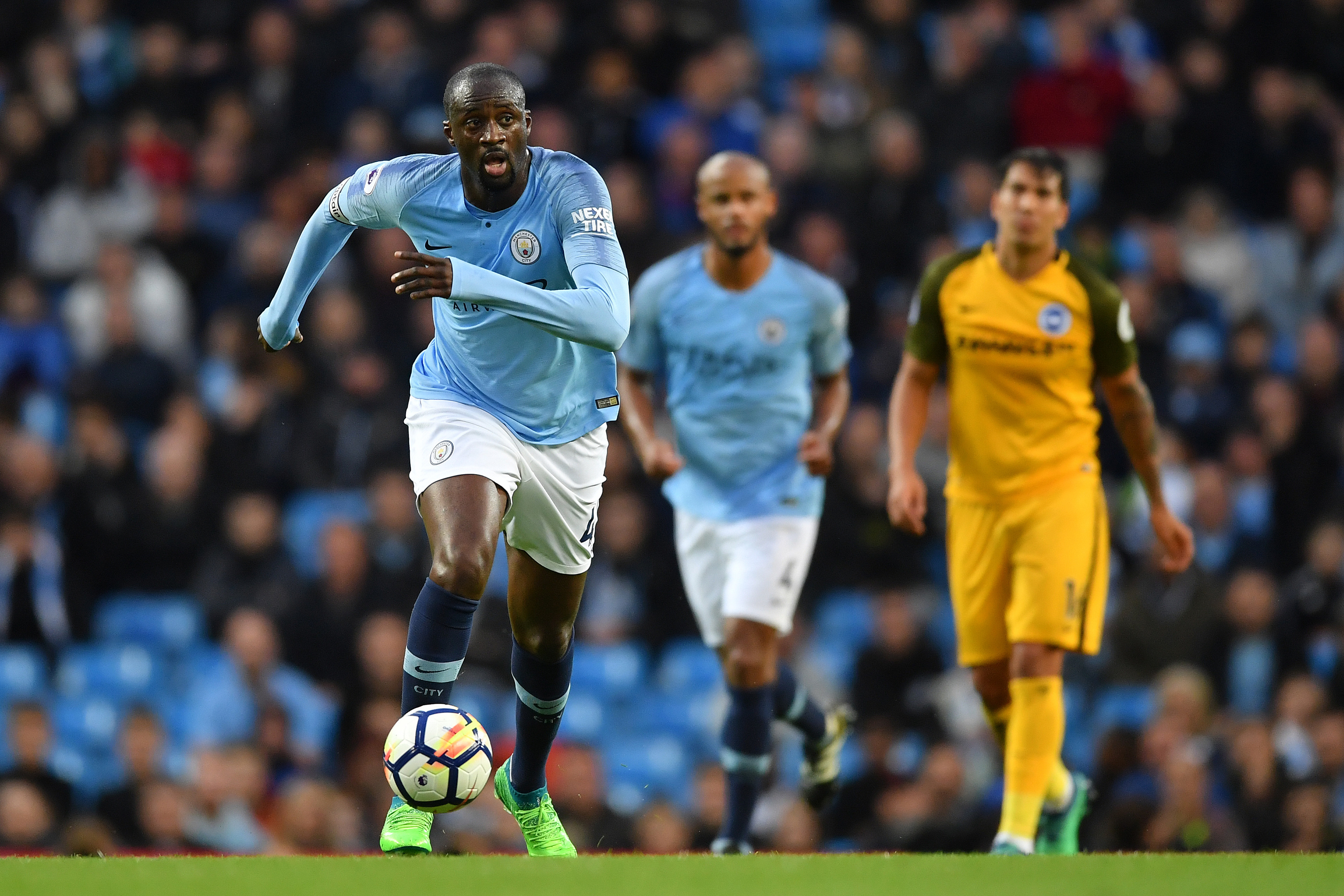
THE decision by Manchester City and Pep Guardiola to allow an Amazon television crew to follow them for the whole of last season has caused controversy in the game.
People at other clubs, and supporters, can’t believe that they would have allowed a media company to have “access all areas” and film sensitive and private moments in the confines of the dressing room on a match day.
Others, such as Sky Sports and BT Sport, are said to be angry that City gave permission to another television station when they are the main rights holders to the English Premier League.
I’m sure City would have been paid a fantastic amount of money from Amazon in return, and even for them, every penny helps these days.
I’ve no idea what the figure is, but it must have been attractive for them to sign the deal.
But I wouldn’t have it.
In my time as a manager at any of the football clubs I was with, I would never have allowed a TV company to be filming us behind the scenes.
And there was never such a programme made when I was at Liverpool, Blackburn Rovers, Newcastle United or Celtic.
I’m all for allowing access to the media, and I understand that in the modern day, world television companies pay hundreds of millions of pounds to broadcast our game.
But you must not allow access to become intrusion. There is a massive difference.
Pep must have given his consent to this programme.
It’s title is All Or Nothing.
I haven’t seen it.
But I’m told it’s in eight, 45-minute programmes and a real insight is given into what it was like at Manchester City last season.
In the trailers, at different stages you see Pep praising his players as they are motoring towards winning the Premier League title.
But he can also be seen chastising them for a “lack of desire to win”. He also tells them it is “OK” to hate him if it makes them play better.
For a Manchester City supporter to see that will be brilliant. They will be hanging on Pep’s every word.
It will also be fascinating viewing for most other football fans, and is a real coup for Amazon television.
But I also think it will not be totally real.
If you’re a player or the manager, when you know the camera is there, it would be difficult to absolutely be yourself.
There would be times you would overreact, and times you’d underreact, knowing the public eye is on you.
Pep may well have been comfortable with the situation over the season, but my concern would have been if it made any of his players uncomfortable.
That’s another reason I wouldn’t have stood for it. I’d want my players to be themselves, and not be wary of a camera in the dressing room.
As a manager, I wouldn’t have wanted anything to disturb the natural flow of the working week, as well as the match day.
When Brendan Rodgers was Liverpool manager, there was a series called Being Liverpool.
It wasn’t as in-depth as the latest City one, but there was still access to the team’s pre-season camp in the United States, access to the dressing room and filming at Brendan’s house.
I watched bits of the programme, and my view of it was the same as my opinion of this current City programme.
I wouldn’t have wanted the cameras in the dressing room and constantly on my players.
But we live in a world with incredible influence from the television and media, and we need to accept that.
They do a lot of good for our game, and the financial input is incredible.
And it’s happening all over. Not just in England.
Spain’s La Liga announced during the week they were taking games from their country into the USA, and I can see why they’d agree to that.
This all might lead to there being demand again for an Old Firm game to be played abroad.
There has been talk of it in the past few years but it has never materialised.
I’m sure if the SPFL, Celtic and Rangers offered any encouragement to other countries and the TV stations, they would be highly sought after.
But where would they play it? Canada, Australia, the USA or China?
And what kind of financial fee would be acceptable? In terms of money, it would be interesting to see the value placed on that fixture.
We all know they are both massive clubs and have fans all over the world.
It’s just unfortunate they can’t take full advantage by turning their popularity into commercial value.
We all know they only get a fraction of the television money on offer to the English clubs and it would be great to think that may change in the coming years.
It’s unlikely but, collectively, they must keep trying and try to get the best deal for their game and their brand.

Enjoy the convenience of having The Sunday Post delivered as a digital ePaper straight to your smartphone, tablet or computer.
Subscribe for only £5.49 a month and enjoy all the benefits of the printed paper as a digital replica.
Subscribe